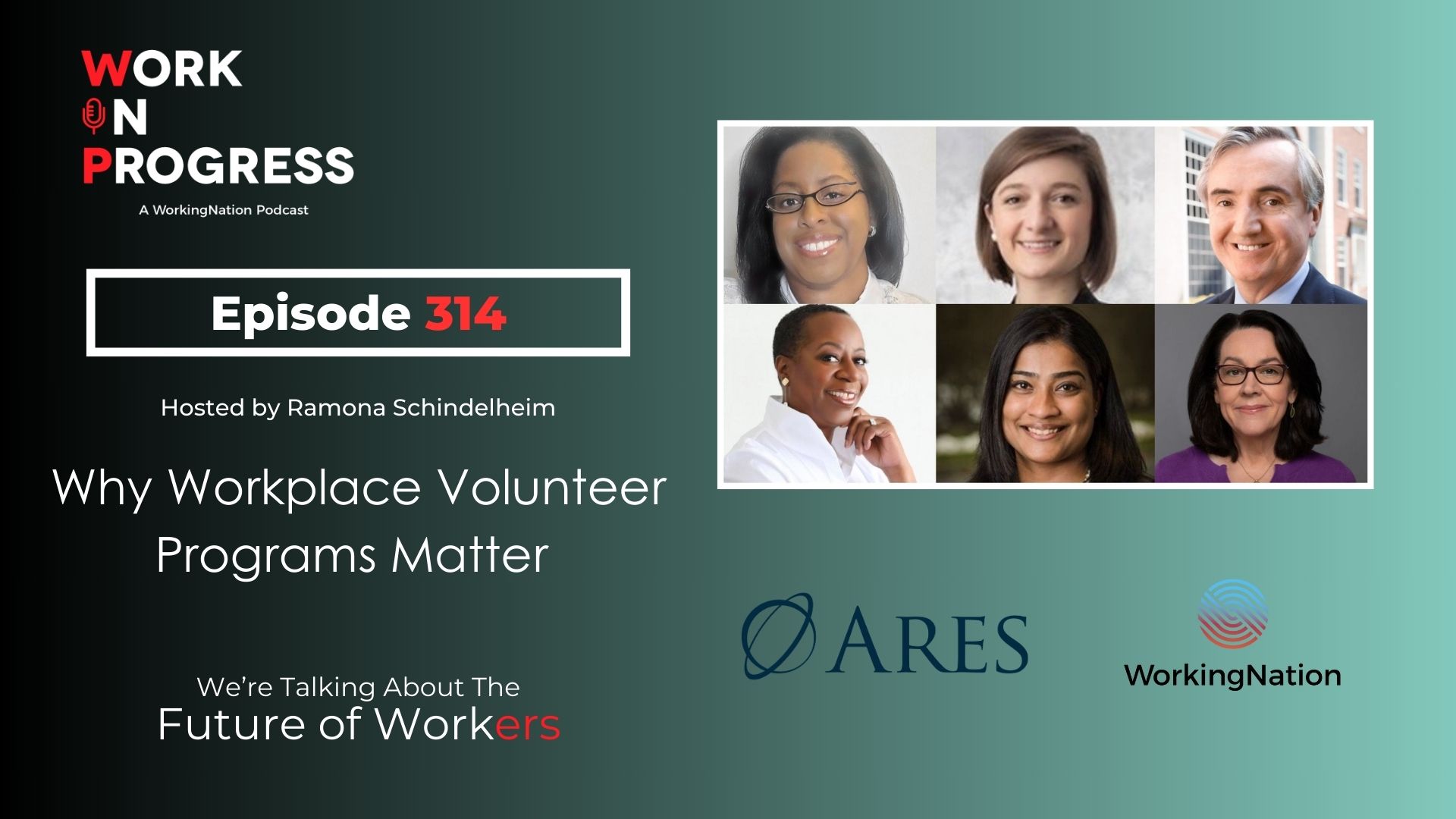Employers added 213,000 jobs in June with gains in the manufacturing and healthcare sectors, but the jobs report from the Bureau of Labor Statistics shows a rise in the unemployment rate to 4.0 percent as more job seekers enter the labor market.
Despite employers’ difficulties in sourcing qualified workers, they were still able to continue the pace of continuous growth in the nine years since the end of the Great Recession. The rise in the labor participation rate and the falling number of discouraged workers indicates that the supply of available workers is growing and could be a reason why wage growth remains stagnant, according to an Associated Press report.
Slow wage growth remains a sticking point as lower-wage workers do not see the benefits of a healthy labor market. There are still more job openings than the number of unemployed people at 6.7 million, and this should correspond with a rise in wages. The New York Times reports that the labor market is not as tight as the low unemployment rate suggests and that employers are reluctant to offer more hours to avoid paying out guaranteed full-time benefits.

More takeaways from the jobs report:
- Economist Diane Swonk explained on Twitter how unemployed men are still on the sidelines while women and teens are causing the rise in the participation rate. “Unemployed women tend to have more education than their male counterparts; teens see less competition from older workers.”
- New York Times reporter Ben Casselman said on Twitter that after adjusting for the aging population, the “employment rate is back to pre-recession level, but still well below 2000 level.” This suggested that the supply of available labor isn’t as tight as during the 1990s.
- The historically-low unemployment rate for African American workers went up in June to 6.5%. The rate remains nearly double that of whites. This New York Times article from February explains why the strong labor market gains are eluding this demographic.
- The retail sector also lost the gains it had in May, shedding 22,000 jobs. The closure of the final Toys ‘R’ Us store this week is part of large retailers’ struggle to compete against Walmart and Amazon. The Times reported that there was a “precipitous decline” in retail job postings on the job listings website Glassdoor over the past two months.
Read WorkingNation Senior Business Correspondent Ramona Schindelheim’s article on the BLS June jobs report and what the latest trends mean for the future of work. Last month, she interviewed economist Beth Ann Bovino about the number of job openings and why employers struggled to fill them. Ramona’s articles on the jobs report are featured in the print and online edition of the Jewish Journal.
Join the Conversation: What are your takeaways from the BLS report? Tell us your ideas on our Facebook page.











